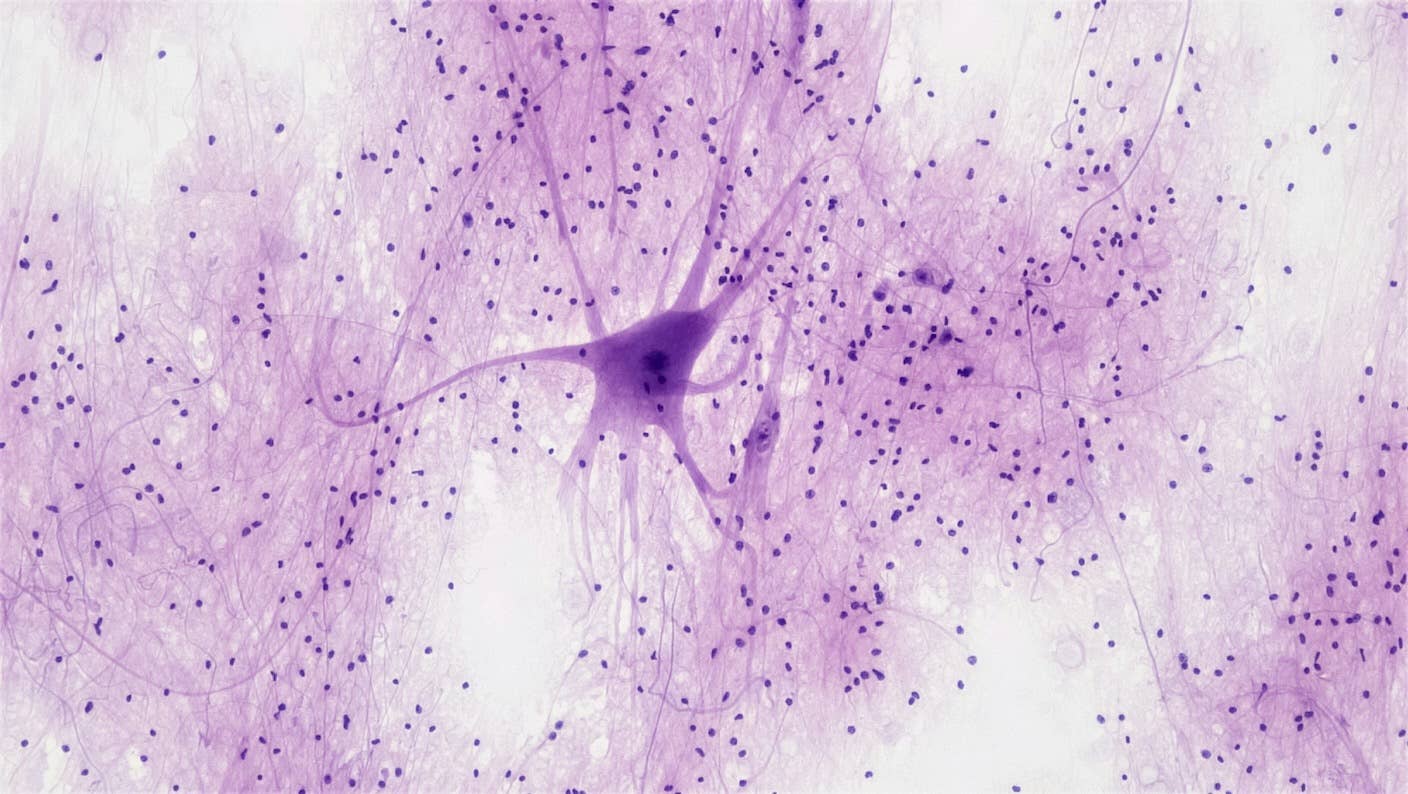Interactive Motion Technologies: Physical Therapy Robotics

Share
Strokes suck. The mass destruction of a large number of the brain’s neurons robs the body of even the most basic motor functions. Though there is no simple preemptive cure for would-be stroke victims, the long-studied technology of robotics is there to lend a helping hand after the damage is done. Research into robotic stroke rehabilitation began at the Massachusetts Institute of Technology over 20 years ago and has since spun off into its own startup company called Interactive Motion Technologies. Though helpful, this is one family of robots that we all hope never to meet.
The Interactive Motion robots are designed to fit around a patient’s arm or leg and work with the patient to reestablish brain connections by gently nudging the appendage in the desired direction. The idea behind the therapy is that patients will not regain their motor skills without actively trying to move their non-responsive body parts. With that fact in mind, the robots were designed to adapt to the patient’s skill level, allowing it to be a useful tool in all steps of rehabilitation.
The two main systems, one for the arm and the other for the leg, act in different ways. The arm system, which was the initial research prototype, uses a video game-like interface that prompts the patient to move the arm, elbow or wrist (depending on the nature of the injury) to select the correct icon. The system gives the user a set amount of time to initiate the input. If the patient does not respond or moves in the opposite direction, the system gently nudges the arm in the correct direction. Such activity helps to reinforce the nerves that were not damaged by the stroke. The robot is even capable of resistive exercising once the patient no longer needs assistance in their motions.
The leg system is a bit more straightforward, helping the patient to walk on a treadmill with much the same modus operandi as the arm robot. Both systems offer the patient an unprecedented amount of repetitions during the therapy session, which can help boost muscle memory and decrease the amount of time it takes to fully rehabilitate a patient. Clinical trials have shown that motor recovery of patients using the robotic system is twice that of patients using normal therapy.
Be Part of the Future
Sign up to receive top stories about groundbreaking technologies and visionary thinkers from SingularityHub.


The good folks over at Interactive Motion haven’t stopped to rest on their laurels just yet. Their technology has a raft of possible applications, not just for stroke rehabilitation, but for other diseases and genetic disorders as well. Interactive Motion have recently opened the scope of their research to children affected with cerebral palsy, with the hopes that the more “plastic” brains of the children will respond even better to the robotic therapy.
Technologies like the Interactive Motion robots are not going to cure any diseases on their own, but they are an immediate way of mitigating the devastating and long lasting effects of motor function loss. The Interactive Motion devices have been in clinical trials for years now and may already be in the local physical therapist’s arsenal. While we may wait decades for a preemptive cure to problems like stroke and cerebral palsy, these robots are already assisting people in recuperating from their effects.
Andrew is a recent graduate of Northeastern University in Boston, MA with a Bachelor of Science in Chemical Engineering. While at Northeastern, he worked on a Department of Defense project intended to create a product that adsorbs and destroys toxic nerve agents and also worked as part of a consulting firm in the fields of battery technology, corrosion analysis, vehicle rollover analysis, and thermal phenomena. Andrew is currently enrolled in a Juris Doctorate program at Boston College School of Law.
Related Articles

In Wild Experiment, Surgeon Uses Robot to Remove Blood Clot in Brain 4,000 Miles Away

A Squishy New Robotic ‘Eye’ Automatically Focuses Like Our Own

This Crawling Robot Is Made With Living Brain and Muscle Cells
What we’re reading